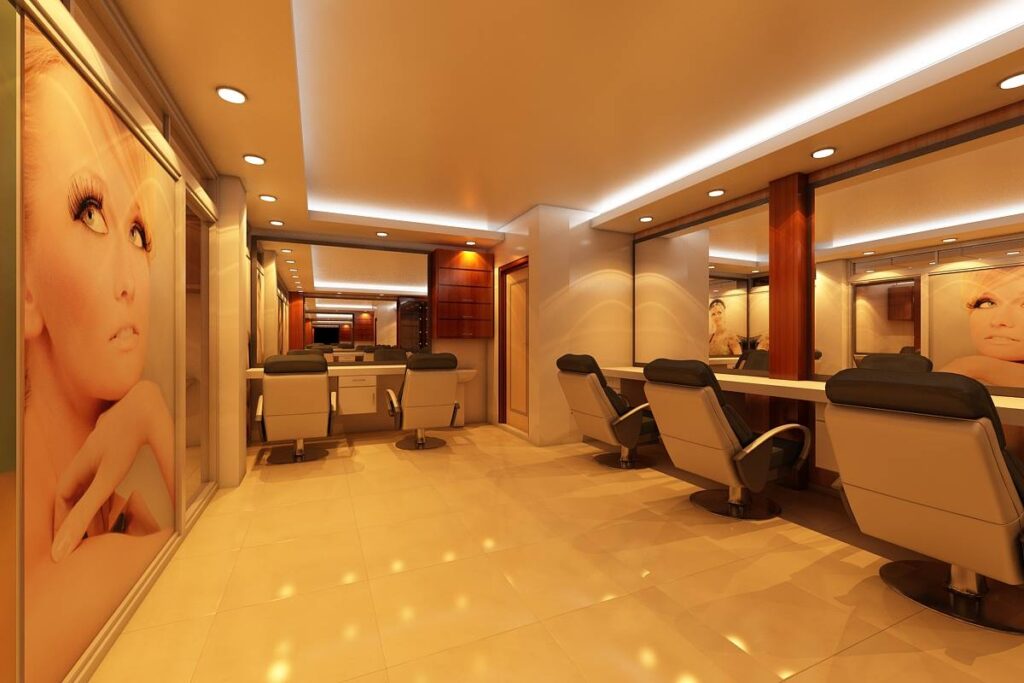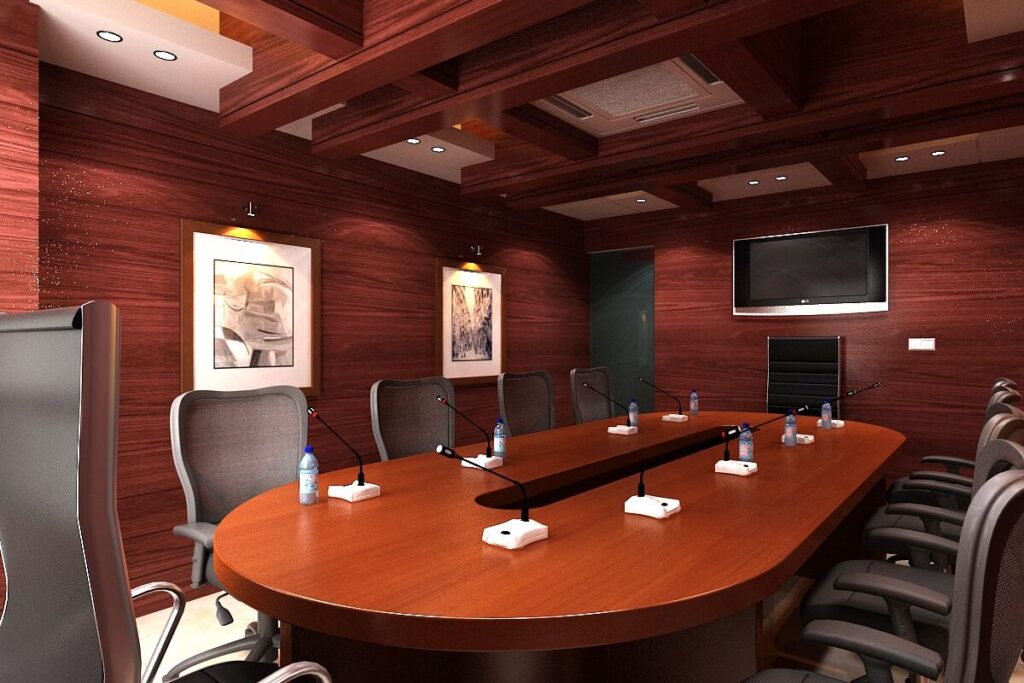
Space Planning Is A Crucial Aspect
Of Interior Design
Interior design is both an art and a science dedicated to enhancing the interior of a space to create a healthier, more aesthetically pleasing environment for its occupants. It involves planning, research, coordination, and the management of interior enhancement projects.
At the heart of our approach is a commitment to delivering the highest level of design through a seamless, “turn-key” service. Our talented designers are involved in every stage of the process—from initial concept development and selection of furniture, decorative materials, and accessories, to budgeting, project coordination, and execution.
With precision, professionalism, and meticulous attention to detail, we provide exceptional customer service and expert project management.


Careful consideration must be given to various
Architecture spacing planning is a crucial step in the design process that involves determining the arrangement and allocation of spaces within a building or structure. This planning stage is essential for creating functional, safe, and aesthetically pleasing environments that meet the needs of the intended users.
- Collaboration and Feedback
- Evaluate Space Constraints
- Establish Functional Zones
- Safety and Building Codes


A well-designed spacing plan takes into account the flow and circulation patterns within the building. Efficient movement and logical connections between spaces are essential for a smooth user experience.
Architecture spacing planning is a critical stage in the design process, involving the thoughtful allocation and arrangement of spaces within a building. By considering functionality, flow, safety, flexibility, lighting, ergonomics, aesthetics, technology, and other important factors, architects and designers can create well-designed spaces that meet the needs of occupants while enhancing their overall experience.
